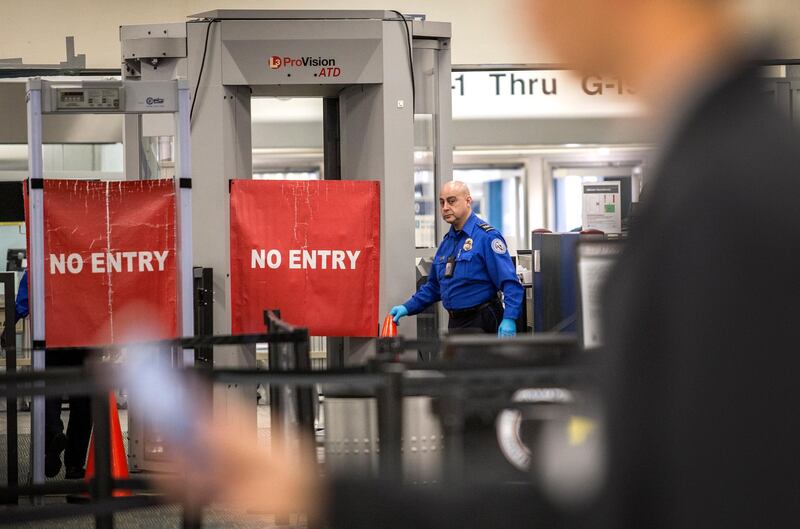As the US government shutdown grinds into its fourth week, it has the distinction of being the longest in American history.
What does the shutdown mean for American workers?
Of the 800,000 federal employees, half are furloughed without pay and the rest are working unpaid. While these are public employees, the absence of this workforce – and the funds they deploy to contractors - is having a ripple effect on the private sector.
In the fiscal year that ended October 1, most recent data available show, the 13 government agencies currently affected by the shutdown were committed to pay $89.3 billion to contractors, or an average of $245 million per day, according to Bloomberg. The Department of Homeland Security, Nasa, and the State Department accounted for more than half of that.
_______________
Read more:
[ Donald Trump 'not in a rush' to declare emergency in border wall fight ]
[ US shutdown leaves worried workers struggling to pay the bills ]
[ Donald Trump walks out of talks with Democrats on shutdown ]
_______________
Contractors – from security guards at airports to cancer researchers and consultants who register foreign companies to do business stateside - are inextricably linked to the public sector. Four out of every 10 people who work for the federal government are private contractors, according to 2017 research by New York University professor Paul C Light. Even government data used by developers, scientists and economists is unavailable online during the shutdown, according to The Washington Post, putting work on hold.
What is the outlook if the shutdown continues?
The shutdown shows no sign of ending, which means it could dent the monthly jobs report, a survey that shows the number of jobs lost or gained and the national unemployment rate. “If the government remains closed past January 19, then furloughed federal workers will not receive pay during the survey week, meaning that we’d very likely get a big drop in the headline payrolls report, something on the order of perhaps 500,000 to 600,000,” Omair Sharif, senior US economist at Societe Generale in New York, told Reuters. It would be the first monthly decline in employment since September 2010, ending a streak of 99 straight months of job gains.
While the shutdown has so far had a minor effect on the economy, if it continues, Moody’s Analytics forecasts the shutdown will slow economic growth nationally by about 0.04 percentage points for every week that it lasts, cutting into sales-tax revenues for states and cities.
With budget uncertainty, states may slow the pace of work on infrastructure projects because they can’t say for sure how much they will get once the budget impasse ends.
Real estate developers rely on income from vouchers for low-income renters to repay municipal bonds that financed their housing projects. While so far Moody’s said there has been minimal impact on the municipal bond market, it is at risk as the shutdown continues.
Economists are also concerned that a prolonged government shutdown could hurt both business and consumer confidence, and reduce business and household spending. With each week the shutdown continues, S&P Global Ratings estimates about $1.2 billion is skimmed off real GDP.







